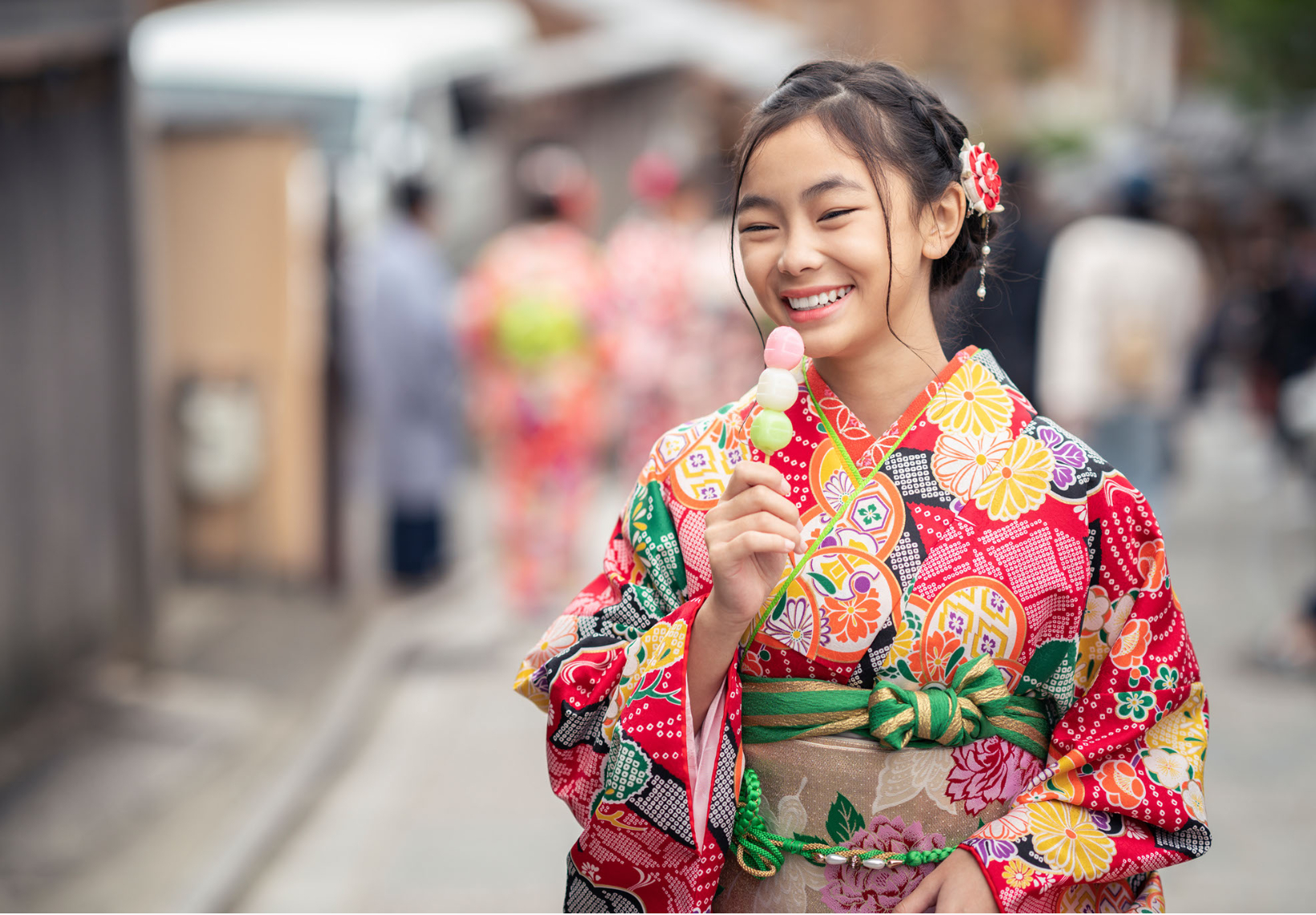In Japan, have you ever seen young people uttering similar mysterious words after eating something (especially sweets)? Or have you ever seen pop-ups at food stores that describe ingredients and flavors, but also include unintelligible phrases?
The Japanese language has thousands of onomatopoeia. Many Japanese, regardless of age or gender, make extensive use of onomatopoeia when describing weather, sounds, voices, movements, and sensations. This article introduces some onomatopoeia about deliciousness.
Try using onomatopoeia after a meal or tea time. You will enjoy Japanese food more. Your staff will be delighted when you use these onomatopoeia in restaurants and stores. Of course, you will be one of the Japan connoisseurs. Try it!
Onomatopoeia for texture
Texture is not the same standard as flavor, but in Japan it is often used to describe deliciousness.
Fuwa-fuwa / fluffy
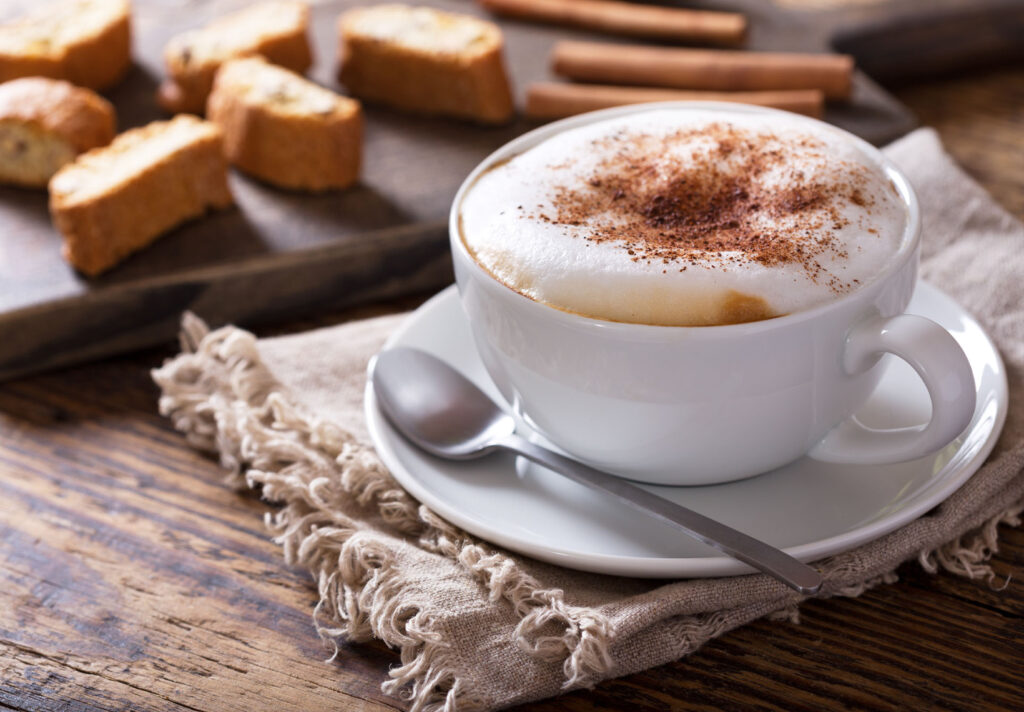
Airy and soft texture, like marshmallow or cappuccino foam
Hoku-hoku / soft and flaky
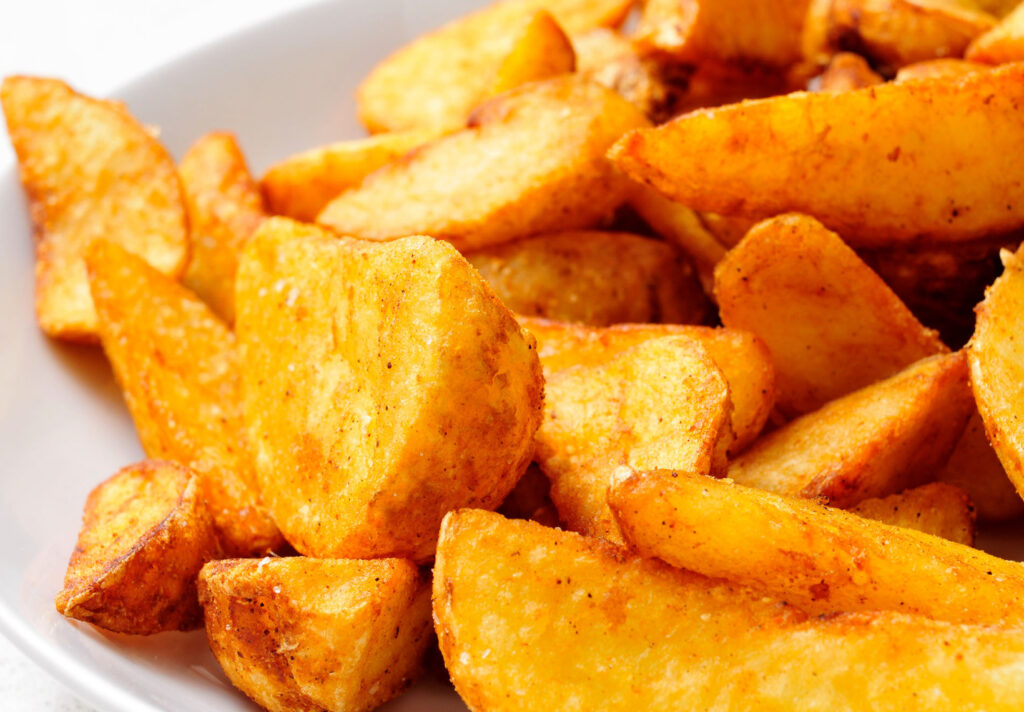
Warm, crumbly and soft texture, like baked sweet potato, croquette or French fries
Toro-toro, toro-o-ri / creamy, melty
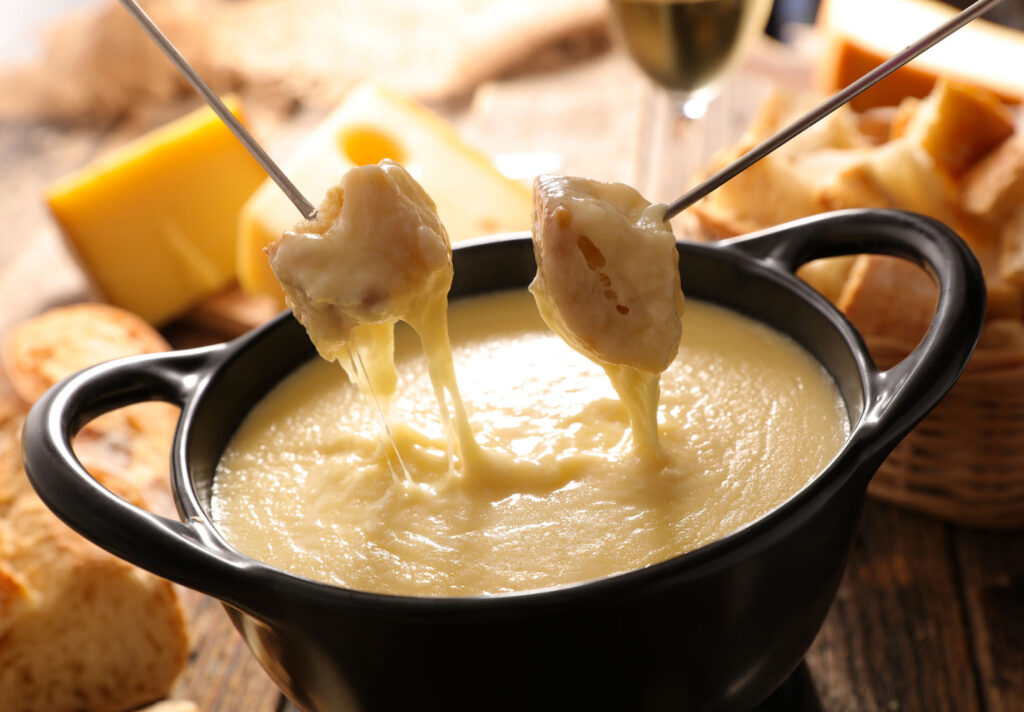
Melted texture due to heating, etc. like melted cheese or well-cooked fatty pork
Mochi-mochi / chewy
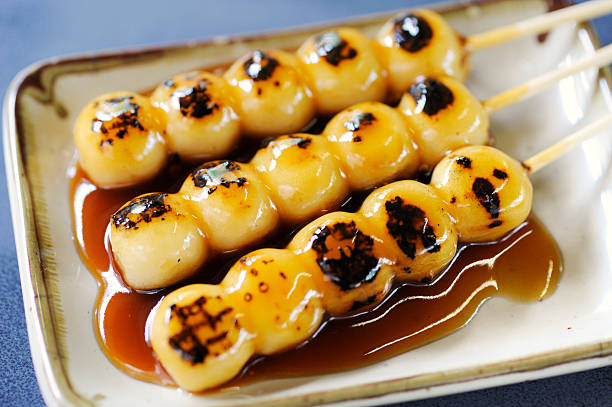
Texture with a sense of elasticity, like Mitarashi dango or Daifuku mochi
Puru-puru / jiggle
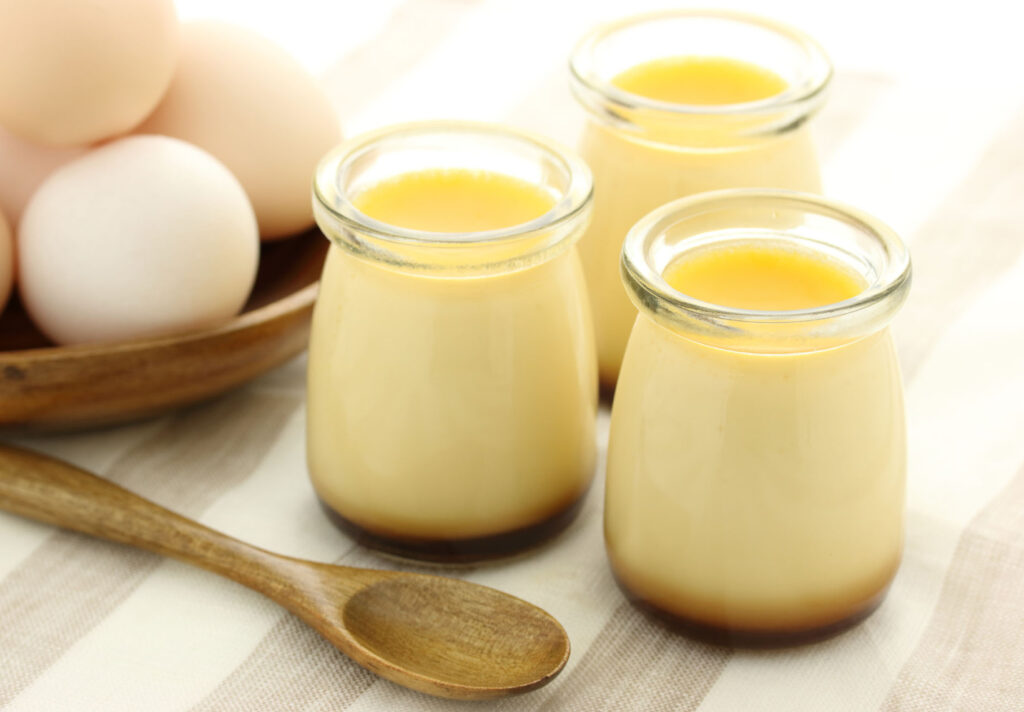
Light and elastic texture with small wiggles, like jelly or pudding
Saku-saku / flaky, crispy
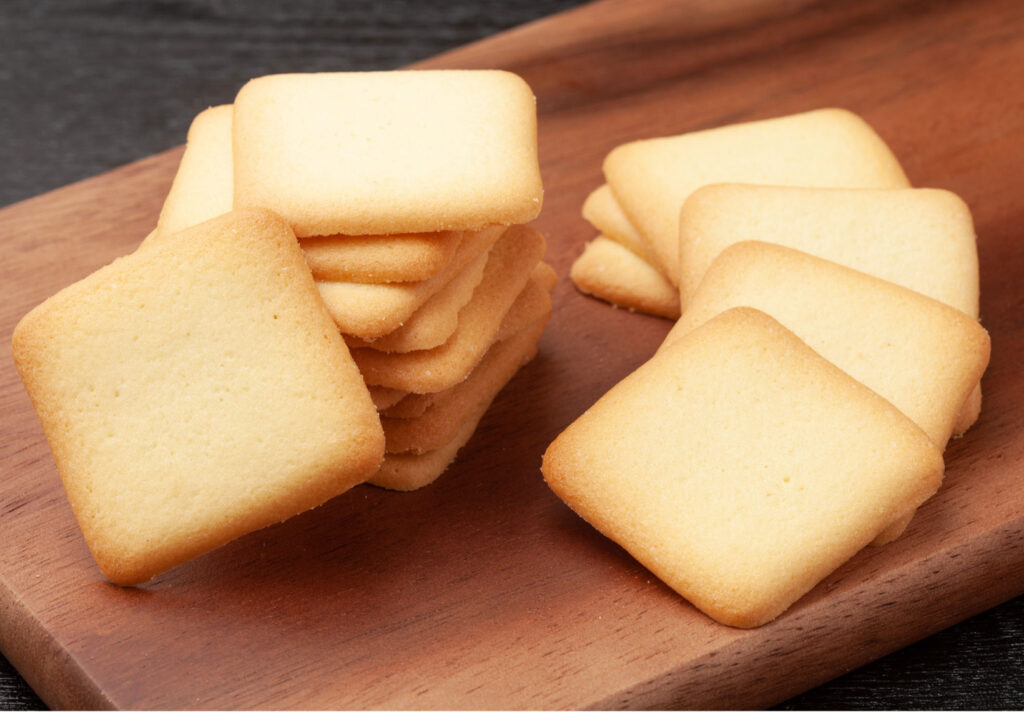
Very light texture, thin cookie or sable
Pari-pari / crusty
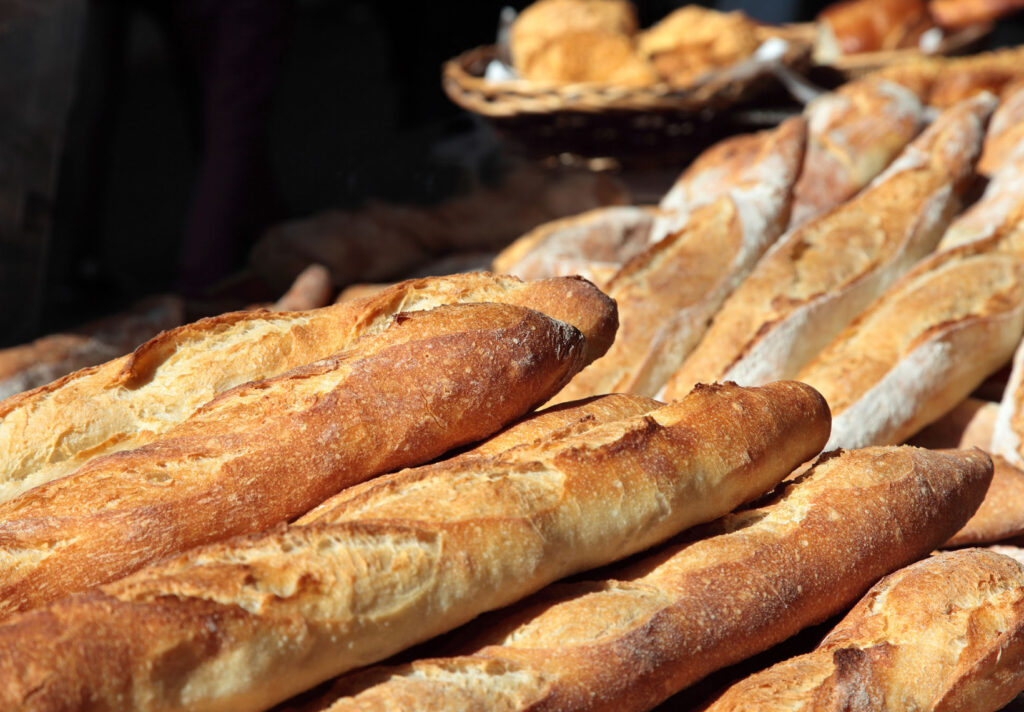
Light and strong texture, like baguette crust or deep-fried chicken skin
Syuwa-syuwa / fizzy

zzy beverages like champagne and sparkling water. Not used for beer.
Tsuru-tsuru / smooth
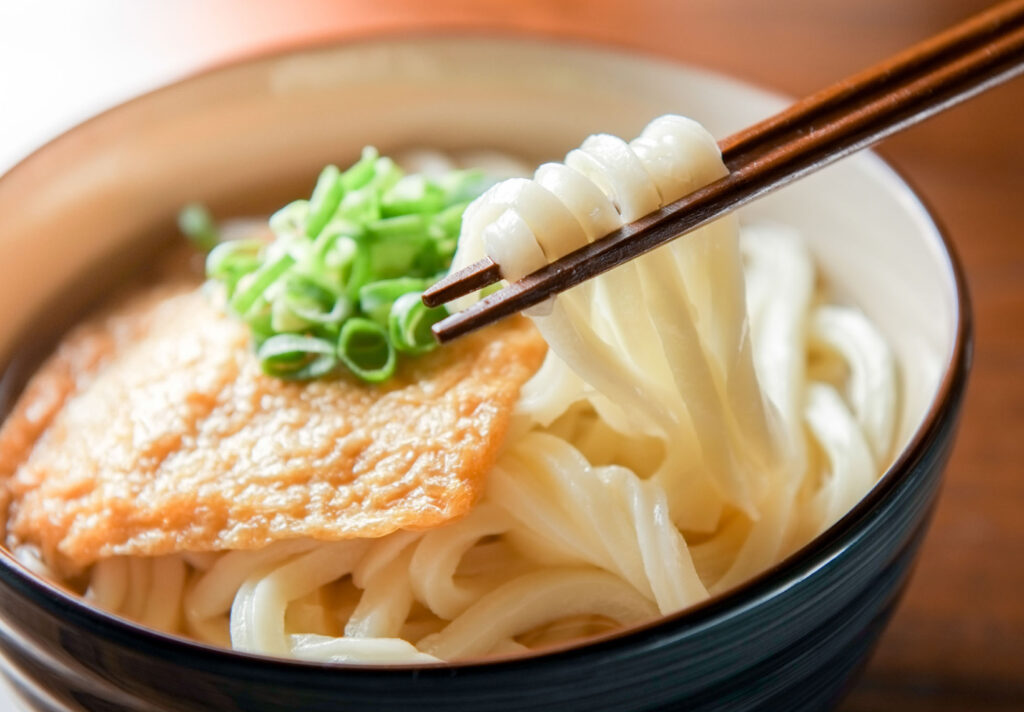
Smooth texture like udon noodles or boiled egg surface
Neba-neba / sticky
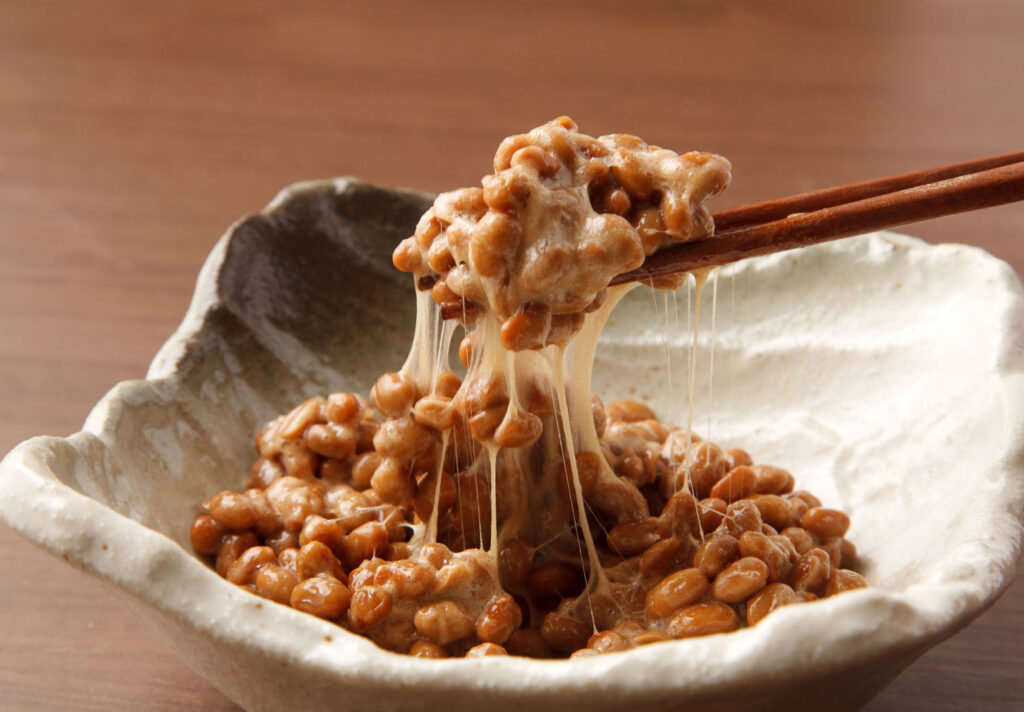
Sticky food or texture that sticks to other things like natto, okra, or nagaimo (Chinese yam)
Onomatopoeia about the temperature of food
Atsu-atsu / very hot
Looks like the food is very hot, like ramen noodles or deep-fried french fries
Hie-hie / chilled
Well chilled like juice or refrigerator chilled desserts or fruits
Kin-kin / well chilled
The icy, well-chilled appearance of beer or shaved ice.
Onomatopoeia for when you don’t like it
Onomatopoeia is also useful when flavors and textures are not to your liking.
Becha-becha / watery
Softened appearance with a lot of water, like porridge or overcooked noodles
Jari-jari / unpleasant rough texture
Unpleasant texture with small grains, like sand-filled shells
Suka-suka / scabby
Texture with lots of gaps, like fruits and vegetables that have lost water
Pasa-pasa, Moso-moso or Boso-boso / dry
Dry, lack of moisture or flavor, as in bread that has been left to dry for a day
The Japanese language has long had many onomatopoeias, but these days they tend to be used more frequently. For Japanese people, onomatopoeia for food and drink is useful for telling others what kind of texture it is, but the texture itself also implies deliciousness and satisfaction. Feel free to use them.

A VPN is required to use Japanese websites, TV, and video viewing services overseas. NordVPN is easy to use and cost-effective! 30 days money back guarantee.
^^ Access Japanese content safely and reliably! ^^

